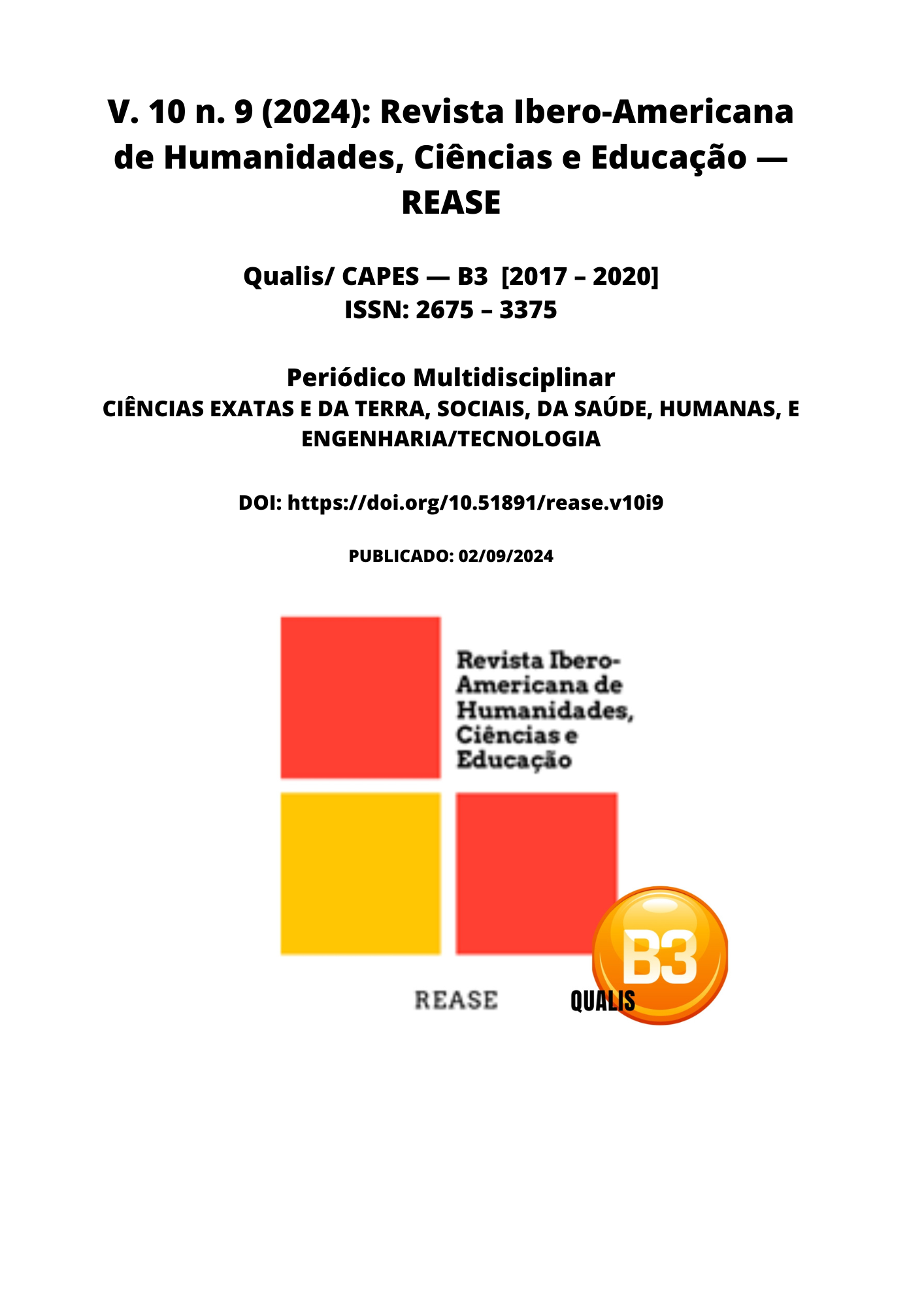EVALUATION OF THE GENOTOXICITY AND TOXICITY OF PESTICIDES USING BIOASSAYS WITH Allium cepa
DOI:
https://doi.org/10.51891/rease.v10i9.15786Keywords:
Onion root. Fungicide. Herbicide. Insecticide. ADI. Cytotoxicity.Abstract
The increased use and consumption of pesticides in agriculture and by the population in Brazil has led to a rise in pesticide residues in the food available on the market and, consequently, on the tables of Brazilians. This residual contamination exposes the population to chemical products. Therefore, it is important to conduct studies that assess the potential health risks to rural workers and consumers of these contaminated foods. For this reason, the aim of this study was to evaluate whether the Acceptable Daily Intake dose recommended by Anvisa and the water potability dose recommended by the Ministry of Health induce genotoxicity and toxicity in A. cepa root tests. To achieve this, three commercial formulations from the main pesticide classes (fungicide, herbicide, and insecticide) were used during three exposure periods: 24, 48, and 72 hours. Cell division shows a peak in the number of dividing cells between 3:30 PM and 5:00 PM. The toxicity index, measured by the length of onion roots, indicated that the tested doses do not inhibit root growth, meaning they do not cause toxic effects. When evaluating the mitotic index, it is possible to affirm that the tested pesticides do not alter cell proliferation, and for the genotoxicity variable, quantified by the cellular alteration index, it was found that the studied doses do not exert genotoxic effects on onion roots. On the other hand, the ADI/Anvisa doses for Tamaron (Methamidophos), Glis480SL (Glyphosate), and Dithane (Mancozeb) promoted alterations in the mitotic cycle, with the occurrence of polyploid cells, C-Metaphase, Chromosomal Loss, Chromosomal Adherence, Chromosomal Delay, Chromosomal Bridge, and Chromosomal Break, which indicates a genotoxic effect for these pesticides, even at low doses.
Downloads
Downloads
Published
How to Cite
Issue
Section
Categories
License
Atribuição CC BY

